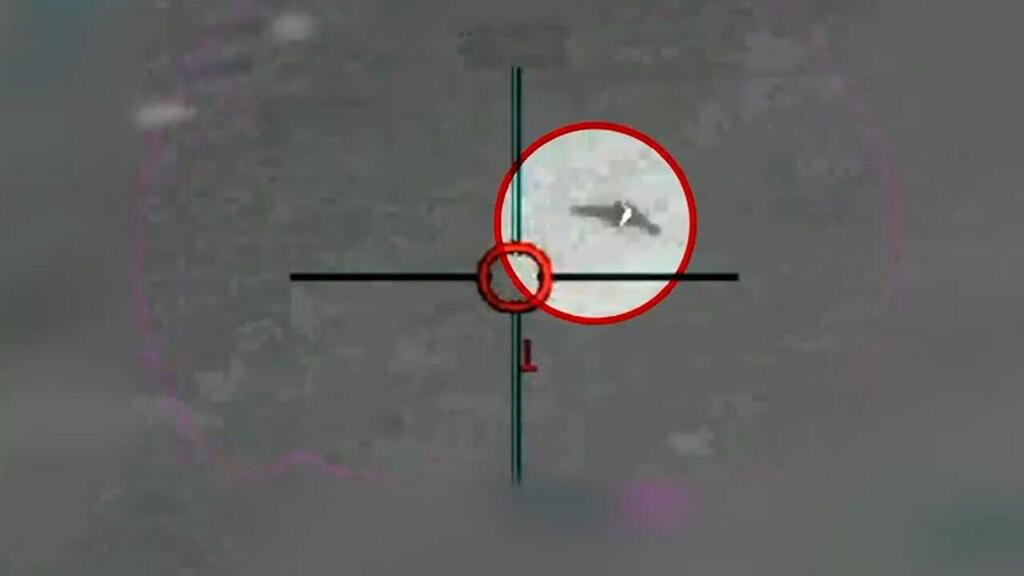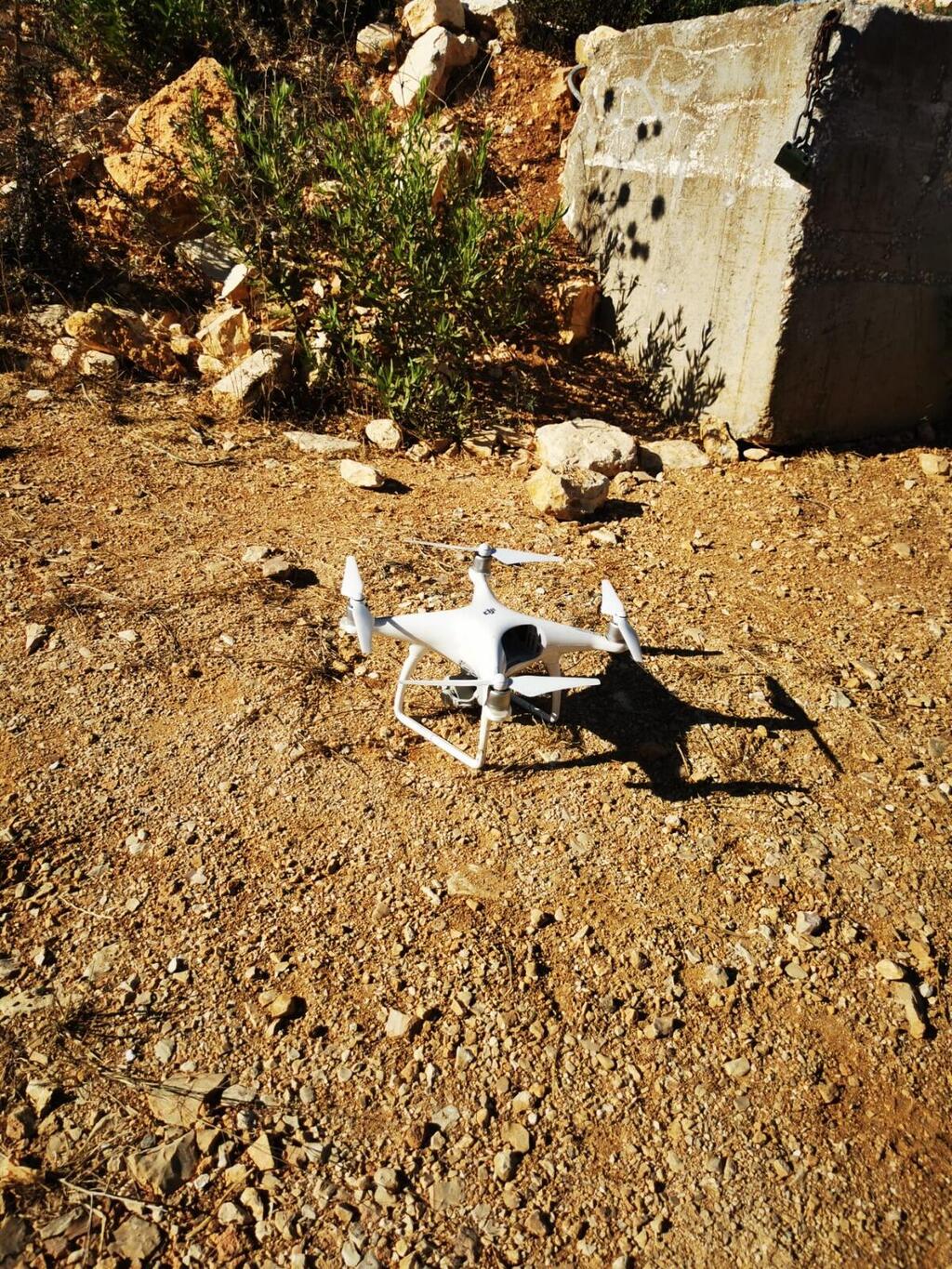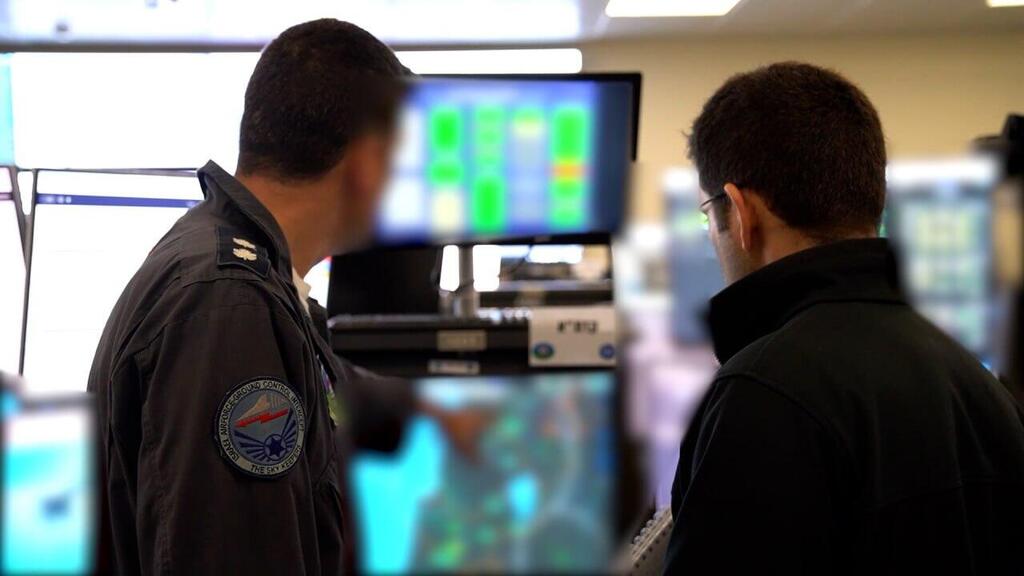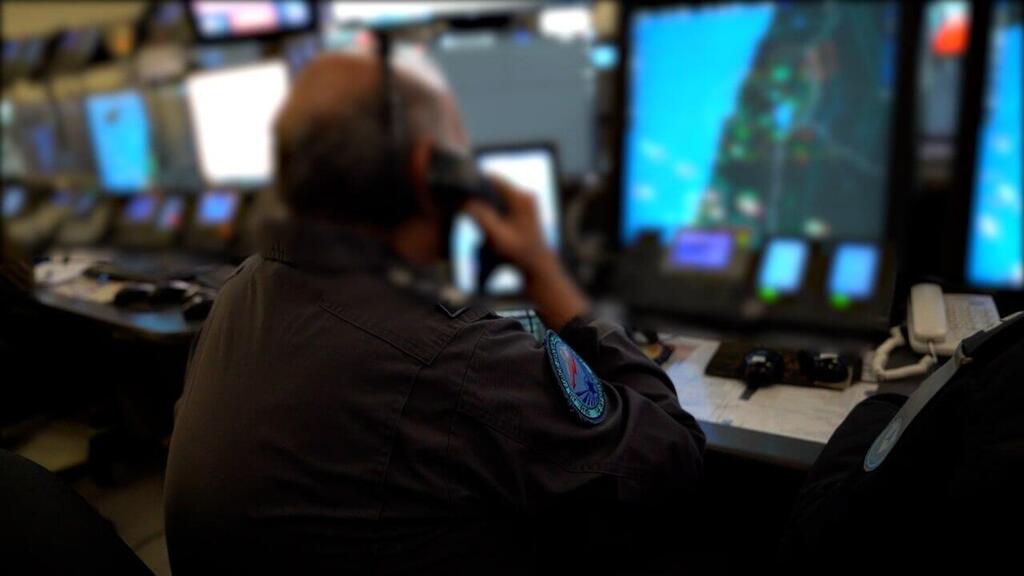Getting your Trinity Audio player ready...
In recent years, there has been a growing trend of unmanned aircraft making incursions into Israeli territory which are neutralized on the spot using missiles or other means. This presents an intricate challenge for safeguarding Israel's airspace.
Read more:
Should you require more complexity, you may also take into account the alarming potential of simultaneous missile launches from Iran or Iraq.
To counter these threats, the IDF employs a multifaceted approach, utilizing a combination of tools concurrently, starting with an extensive network of sensors that detect every aerial movement, followed by agile teams that rapidly analyze information and make crucial decisions within minutes, and culminating in an innovative covert method to bring down enemy aircraft without resorting to missiles or sky-bound explosions.
This provides a unique glimpse into the IDF's formidable defense measures to protect the nation's skies.
Travelers along Route 77 toward Tiberias in the past two years have encountered a sight previously unwitnessed in the Galilean landscape. Hovering in the sky above the Lavi Forest, just before the Golani Interchange, is a large, white, and enigmatic object. It is a remarkable surveillance and tracking balloon, whose true purpose remains largely concealed.
According to the Air Force, currently in the midst of the lengthy and intricate operational implementation process of "Sky Monitor" - the name aptly given to this colossal facility - it is the biggest tracking balloon of its kind in the world.
Spanning about 380 feet in length and weighing several tons, it boasts dozens of specialized cameras, miniature computers and large communication systems.
Arriving disassembled in crates, the balloon was meticulously assembled and launched by specialized American teams. Concealed within its inflated form are cutting-edge detection systems developed by Israeli company Elta, a prominent player in the aerospace industry.
The enigmatic balloon
(Footage: Defense ministry)
Strategically positioned alongside the borders of Syria and Jordan, the balloon gazes into the distant east, peering hundreds of kilometers deep into enemy territory. To broaden its field of vision, it can ascend to great heights, granting it a far-reaching perspective. This new addition joins an older companion, faithfully guarding the Dimona nuclear reactor.
During critical moments, the balloon takes its position in the northern skies, expertly maneuvered by the Air Control system in a pivotal examination - identifying rapid missile launches from Iraq or Iran. Skimming mere yards above the ground, these projectiles prove exceptionally elusive to detect.
On dozens of black screens, hundreds of red, blue, pink, and purple dots move within varying-sized grids at the heart of Mount Meron's Air Control Unit. Secured entryways, concealed within a pristine military camp, offer a challenging glimpse into this secretive realm. Familiar contours on the screens, like the prominent "bulge" of Haifa or the shape of the neighboring island to the northeast, reveal the map of the Mediterranean basin.
Delicate lines in different shades stretch from each colorful icon that glides across the black screen. At any given moment, there can be dozens, and sometimes hundreds, of such icons.
Civilian aircraft, some innocuous in appearance and others less so, are moments away from landing at airports in Damascus or Beirut. Russian transport planes take off from a warm base in Syria, while drones soar over the Syrian Golan Heights, cautiously avoiding crossing the border. Suspicious blips traverse the skies above the Lebanese Bekaa Valley, mindful of any prying eyes.
5 View gallery
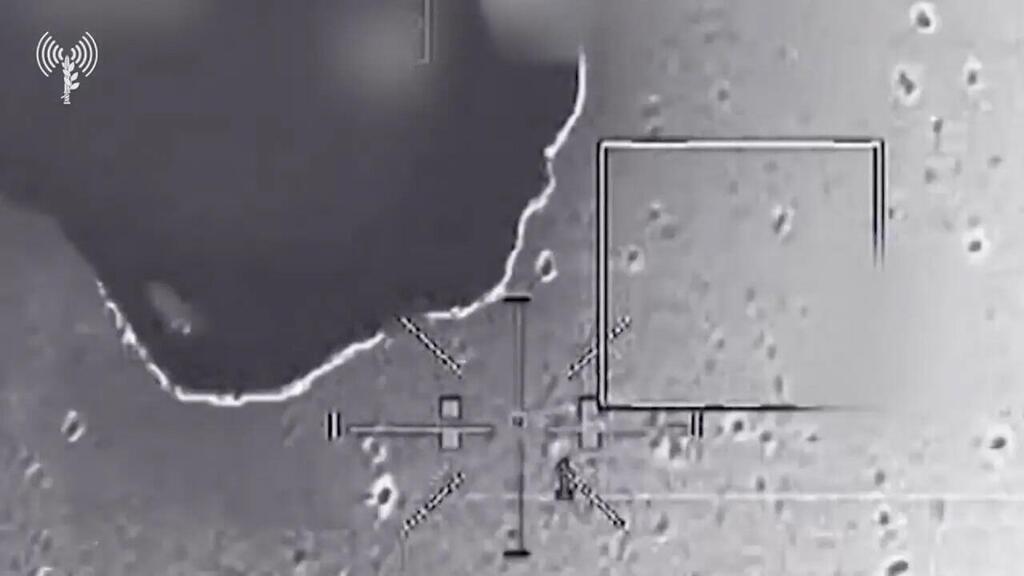

On a normal day, the crews can track up to 80 aircraft at any given moment
(Photo: IDF Spokesperson's Unit)
Every non-IDF aircraft is a target for surveillance. There is an automatic understanding of its flight path, and any deviation from the route immediately raises alarms for the team. "Of course, we also have our own blue aircraft of all types, and each vehicle is classified - what is friendly and what is hostile," explained officers in the Air Control Unit.
"Sometimes, an aircraft that is ten to twenty kilometers away from Israel's border on its designated path can suddenly veer towards us," described the officers. "We have only a few minutes to respond, activate all interception systems, and neutralize the threat."
In recent years, control teams have identified, on average, an uninvited aircraft every few months, often unmanned, that approached and entered the skies of the north or was shot down before crossing the border.
Sometimes the teams relied on preemptive intelligence, and in other cases, their vigilance and sharpness led to detection in a matter of moments.
In times of war or widespread conflict, the pivotal moment will arise, setting the stage for escalation or the onset of the next war, as determined by the defense establishment. Scores of fighter jets, various types of drones, precision-guided missiles, long-range projectiles, and, of course, heavy rockets will be simultaneously launched or flown across the skies of northern Israel from Syria and Lebanon.
Lest we forget, the soldiers are also contending with threats originating within the country. Hostile elements have the capacity to deploy an armed drone or even fly a light aircraft from an Israeli airstrip into a military base or strategic facility. And this is just one of the many doomsday scenarios the defense establishment is trained to handle.
This is why the unit's surveillance extends beyond the borders, reaching within the country as well. Every civilian pilot is familiar to the aviation authorities, and their information is thoroughly examined before taking to the skies.
In the ranks of the Air Force, you can come across numerous reservists from the Air Defense Corps. Just like the reserve pilots, they fulfill their duty every couple of months, dedicating their time to maintaining their readiness and contributing their extensive years of experience to the critical mission.
Some of them have become accustomed to the routine of constant preparedness and can be seen regularly patrolling in their vehicles with their equipment.
Colonel T, a prominent figure in Reserve Unit 9, played a pivotal role in identifying the recent infiltrations of Hezbollah militants from the northern border. However, amidst his extensive background, there is a notable period when he served as a young controller during the unforgettable incident of the downed civilian aircraft in February 1973. This event left a profound impact on the Air Control system, resonating as a significant turning point.
Footage of three unmanned drones intercepted by Israel
(Footage: IDF spokesperson unit)
Israeli fighter jets successfully intercepted and brought down a passenger plane that had deviated from its intended flight path from Tripoli to Cairo, mistakenly reaching the Sinai Peninsula, prompting Israeli military command to launch the jets.
Despite Israeli teams issuing orders to the pilot to cease, he stubbornly refused, resulting in the tragic loss of 108 innocent passengers. "During my training course, everyone was talking about it," recalled Colonel T., who later commanded the northern unit and played a pivotal role in the downing of three Syrian MiG aircraft during the Galilee War of Peace.
The seasoned veteran controller works closely with young, talented soldiers, placing unwavering confidence in their abilities. "Our country, small and densely populated, has faced mounting threats over the years, and it is our duty to remain vigilant.
"We primarily rely on our skilled and highly trained young comrades who possess the authority to deploy fighter jets and accurately identify hostile aircraft."
Three Hezbollah drones, referred to as "Sharks," were effectively countered in the heart of the sea last July by a skilled and vigilant team. This young unit swiftly detected and engaged the hostile situation by deploying fighter jets and a missile vessel.
"We were constantly alert and prepared for any unforeseen circumstances," shared the team members. "The gas rig, positioned approximately 50-60 nautical miles from the shoreline, became the focal point of our attention as the fighter jets maneuvered at lower altitudes, making their identification challenging. We swiftly recognized the imminent threat posed by the drones."
In more modern times, there has been a significant shift towards leveraging cutting-edge technology for their advantage. Within the unit, a specialized system of state-of-the-art ground cameras is at their disposal, which are promptly deployed to the designated area whenever airborne entities of concern are detected by the vigilant teams.
The remarkable effectiveness of the system's targeted fire capabilities has already garnered noteworthy achievements in their professional endeavors.
When it comes to intercepting airborne threats, there are multiple options available, extending beyond the conventional employment of Patriot missiles or Iron Dome systems. It also goes beyond the reliance on advanced ship-launched missiles.
The incident in which the Iranian UAV was brought down in the Hula Valley last month serves as the second notable occurrence in recent years where an aircraft was discreetly eliminated through the deployment of electronic warfare signals.
In the past few years, there have been more than ten successful interceptions of unmanned aerial vehicles approaching or breaching the border, predominantly in the Galilee region facing Lebanon (as witnessed near the tiny northern community of Zar'it earlier this week).
However, the use of electronic warfare techniques to neutralize hostile aircraft is deemed extraordinary and represents a significant breakthrough in the advancement of clandestine and imperceptible weaponry.
"This is no longer just about defense," military officials explain. "We are witnessing a highly-developing world that is currently in the integration stage and has not yet reached the level of widespread implementation.
"It is not out of the realm of possibility that it will also extend to the higher echelons of military command. There is operational effectiveness in utilizing it as an additional tool in our arsenal, and, importantly, without the secondary damage that a kinetic attack involving missiles, bombs, or explosives can cause.
"We understand the magnitude of this event in the spectrum of warfare and have dedicated significant resources to it. It represents a new dimension in the battlefield, and we are actively adapting to it."


